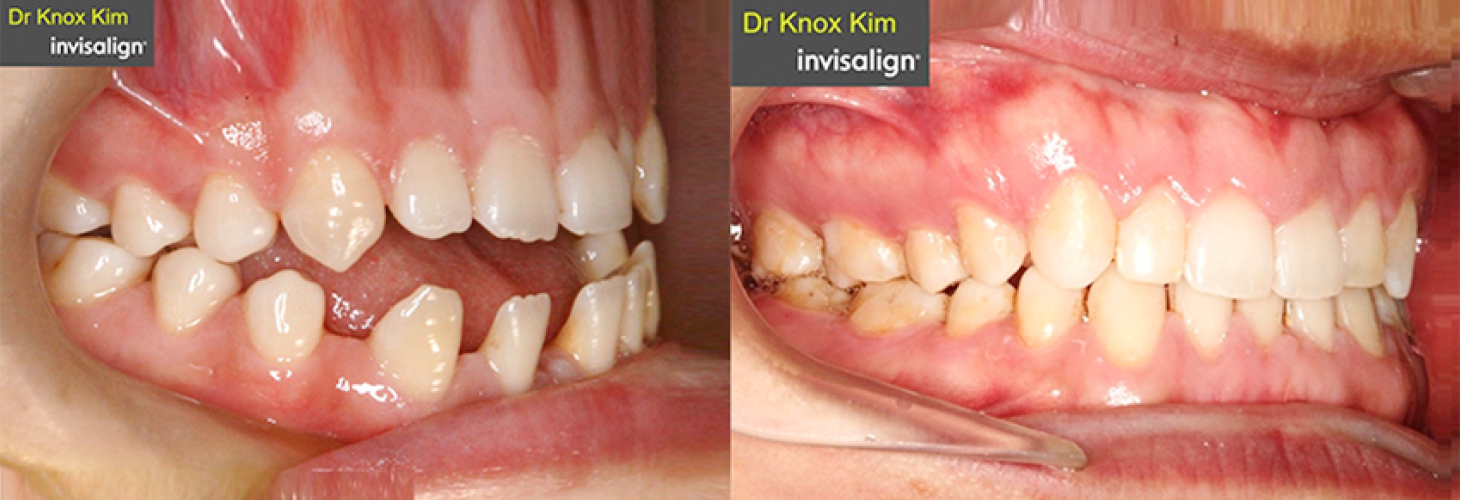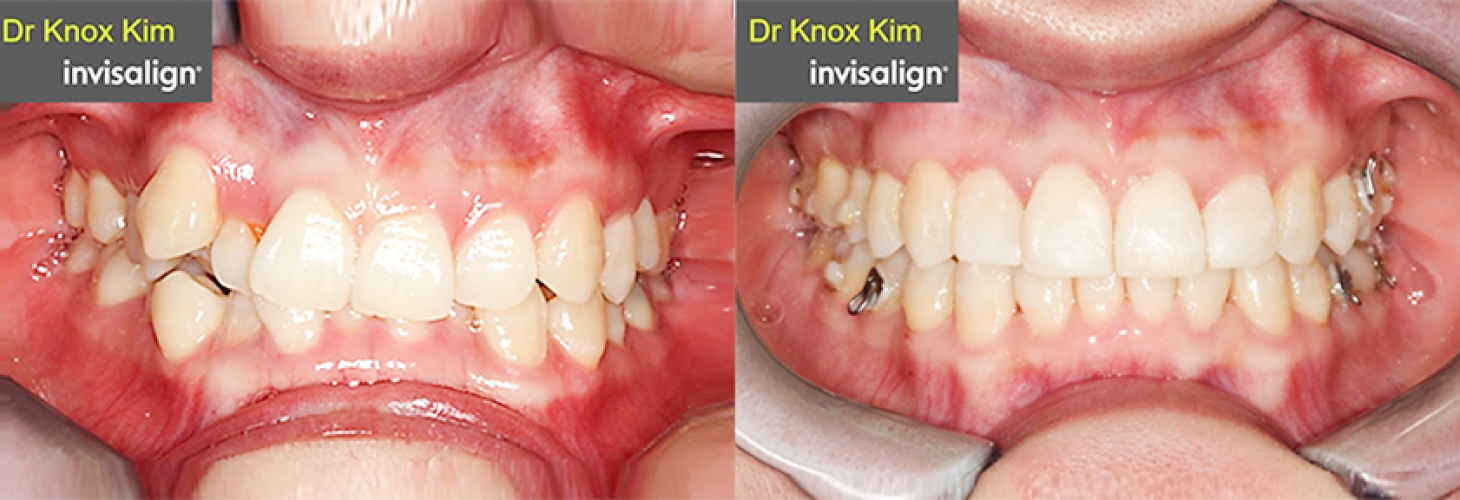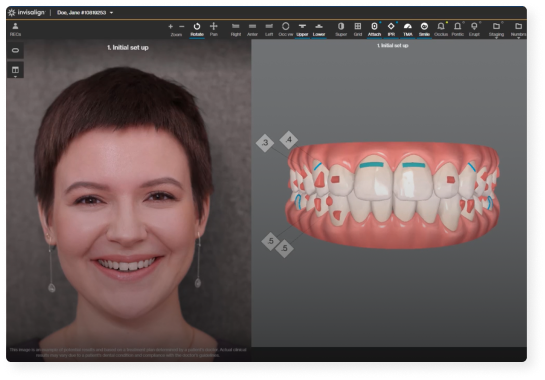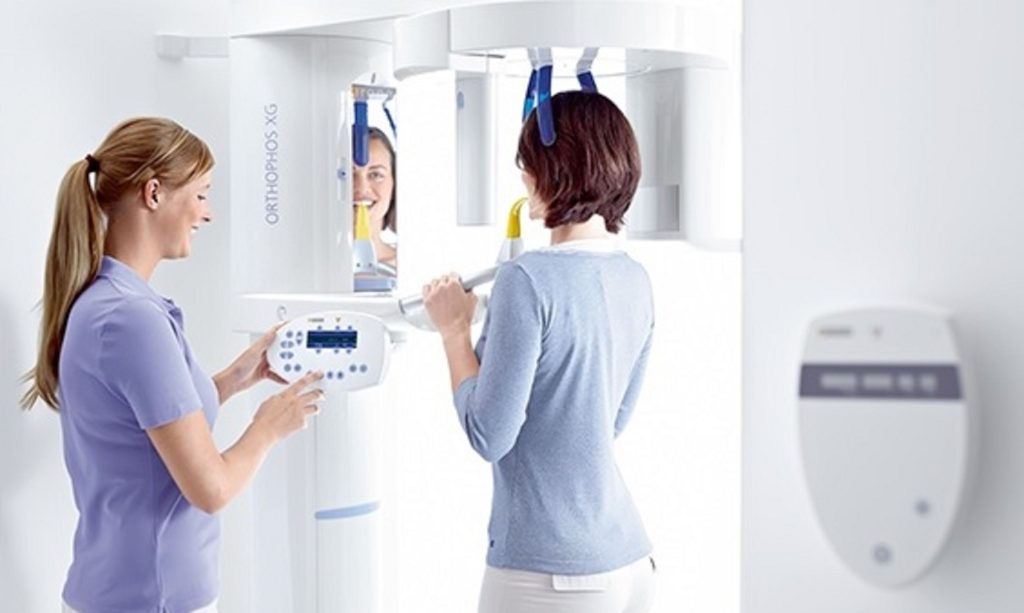A new orthodontic technology was created in 1997 in the USA, a country with advanced dentistry and high demand for orthodontics.
The movement of the teeth from the start to the end of treatment is checked and the mouthpiece is manufactured by a specialist technician at a specialist factory based on detailed information about the teeth. It is transparent, so it is inconspicuous when worn and can be put on and taken off by the wearer as required, for example, when eating or brushing teeth.
He has treated more than 100 cases a year, totalling more than 1000 cases, and his advanced technology has enabled him to treat cases that were previously thought to be impossible using Invisalign.
The most important aspect of Invisalign is the “treatment plan”.
We have strong connections with the Invisalign head office technicians in the USA and have a solid track record and experience, so even first-time patients can be confident that they are in good hands.


3D x-ray
The accuracy of the diagnosis using 3D x-rays is incomparably more accurate than 2D x-rays.
wisdom tooth extraction
In fact, wisdom tooth extraction is risky when judged solely on the basis of 2D x-rays.
This is because there is a thick nerve running under the tooth, and in some people the root of the tooth is very close to this nerve,
There is a risk of damaging this nerve when extracting a tooth.
If damage occurs, paralysis may occur, which can last from a few months to a year.
By using 3D x-rays, the location of the nerve can be more accurately identified and the risk can be minimised!
Implant
Implants are now often heard of.
This technique involves implanting an artificial tooth root into the gum and using it as a foundation to restore the tooth.
The use of 3D x-rays allows the condition of the bone around the tooth to be determined,
implant surgery can be carried out more safely and smoothly.
 |  |
Using 3D imaging, it is even possible to simulate where the implants will be placed and treated before the actual treatment takes place.
Root canal treatment
Nerve treatment’, arguably the most difficult of all dental treatment techniques.
Using 3D x-rays, it is possible to detect root lesions, which are difficult to find during a normal examination, and to monitor the condition of the tooth after treatment.
 |
◆ www.bestdentist.com.au ◆
Dr Knox Kim is Invisalign’s Diamond Invisalign Provider and Invisalign’s only Clinical consultant/ Speaker among General dentists in Australia
Top 6th in the world in Invisalign International Gallery, Principal dentist at Sydney CBD and vice principal dentist at Tokyo, Finished over 1,500 Invisalign patients in both Sydney and Tokyo,
treating over 400 patients in both clinics, Invisalign’s official lecturer, lecturing at Shangai, Hangzhou, Seoul, Tokyo, Osaka, Nagoya, Las Vegas, and all the major cities in Australia and New Zealand
#
Information Disclaimer
The content of this article is meant for informational purposes only and should not be considered a source of professional advice, recommendations, or endorsements. It is not a substitute for seeking expert guidance or making well-informed decisions based on individual circumstances. Although we strive for accuracy and reliability, we cannot guarantee the information's completeness or suitability for all situations. Readers are urged to verify facts, consult experts, and consider their own context before taking actions or decisions based on this content. No warranties, explicit or implied, are provided regarding the accuracy, timeliness, or completeness of the presented information. Relying on this information is at the reader's own discretion and risk. We encourage readers to consult relevant professionals or experts for advice tailored to their specific needs. Neither the author, publisher, nor any affiliated parties will be held responsible for errors, omissions, or damages resulting from the use or reliance on the information in this article.





